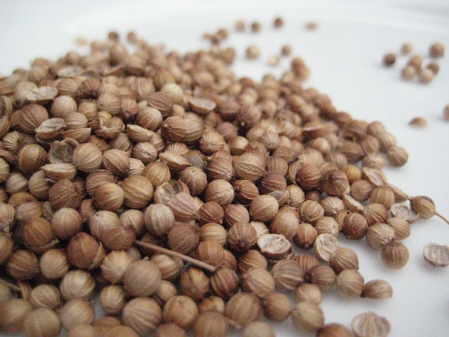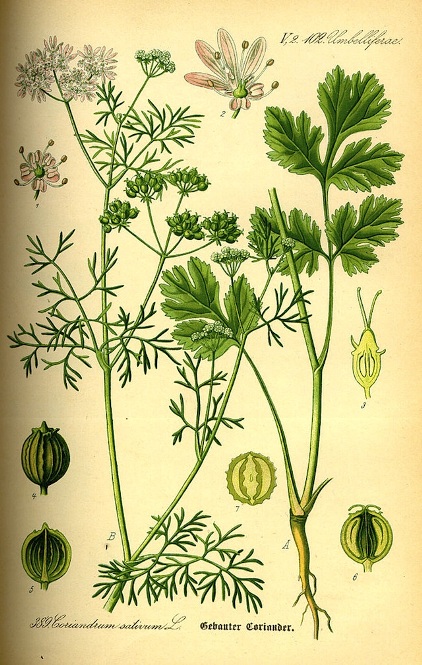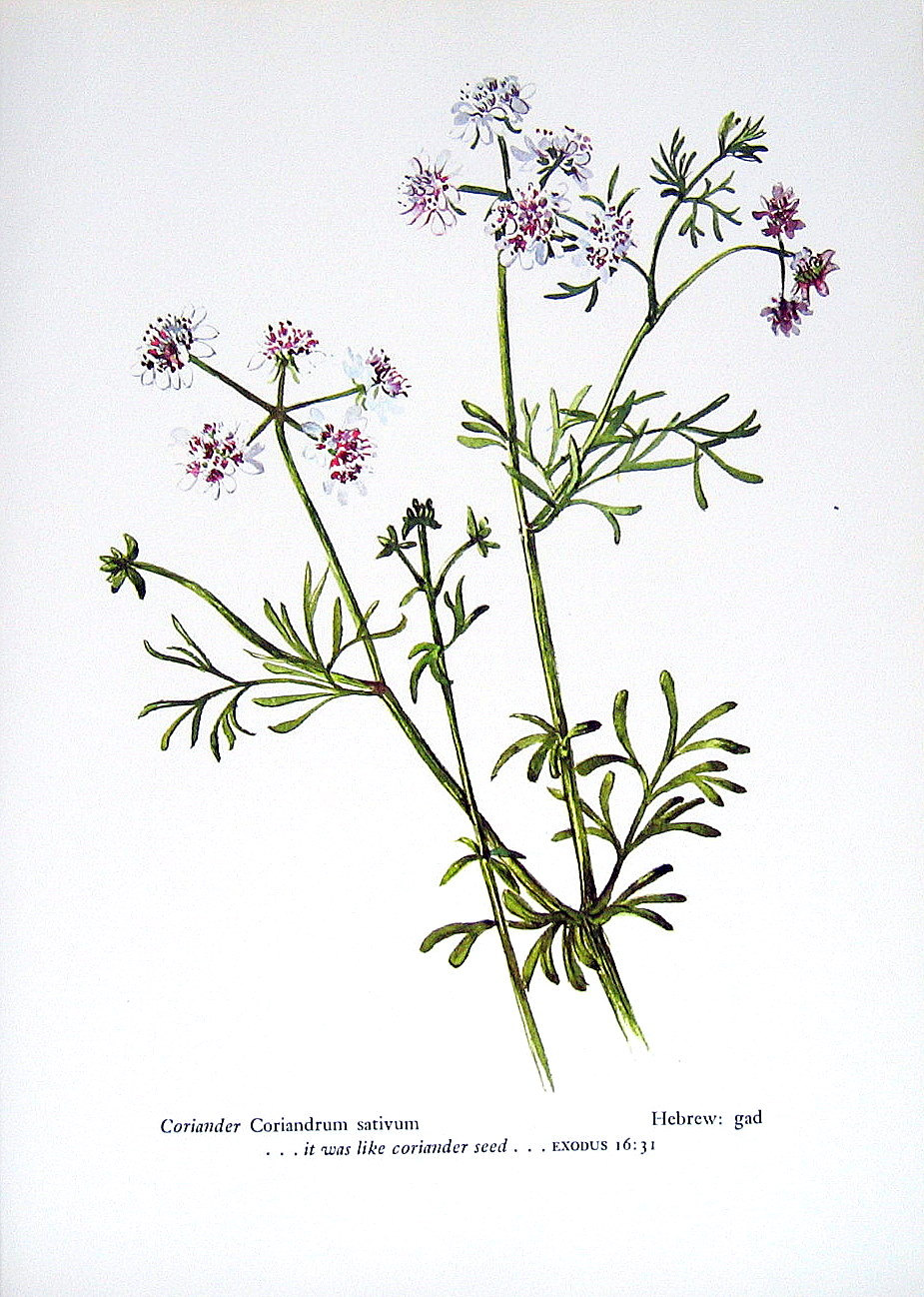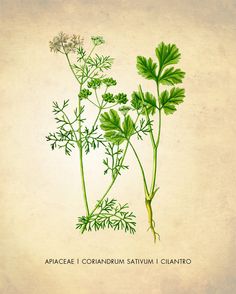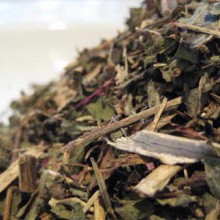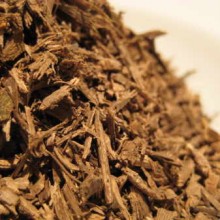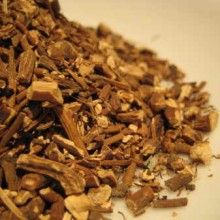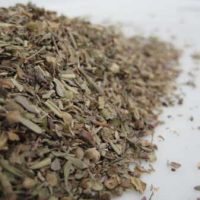Coriander Seed is used as a spice and is native to southwestern Asia and west to north Africa. It is a soft, hairless, foetid plant growing to 50 cm tall. The name coriander derives from French coriandre through Latin coriandrum in turn from Greek
Traditional Uses for Coriander Seed:-
All parts of the plant are edible, but the fresh leaves and the dried seeds are the most commonly used in cooking. Coriander is commonly used in Middle Eastern, Mediterranean, South Asian, Latin American, Chinese, African and Southeast Asian cuisine.
The dry fruits are known as coriander seeds. In some regions, the use of the word coriander in food preparation always refers to these seeds (as a spice), rather than to the plant itself. The seeds have a lemony citrus flavour when crushed, due to the presence of the terpenes linalool and pinene. It is also described as warm, nutty, spicy, and orange-flavoured. They are usually dried but can be eaten green.
Coriander seed is a key spice in garam masala and Indian curries, which often employ the ground fruits in generous amounts together with cumin. It also acts as a thickener. Roasted coriander seeds, called dhana dal, are also eaten as a snack. It is also the main ingredient of the two south indian gravies: sambhar and rasam.
Outside Asia, coriander seed is an important spice for sausages in Germany and South Africa. In Russia and Central Europe coriander seed is an occasional ingredient in rye bread as an alternative to caraway. Apart from the uses just noted, coriander seeds are rarely used in European cuisine today, though they were more important in former centuries.
Coriander seeds are also used in brewing certain styles of beer, particularly some Belgian wheat beers. The coriander seeds are typically used in conjunction with orange peel to add a citrus character to these styles of beer.
History of Coriander:-
Coriander is believed to have originated in the Mediterranean area, and in southwest Europe. Some believe its use began as far back as 5,000 BC, and there is evidence of its use by the ancient Egyptians. In the Bible, Exodus, chapter 16, verse 31, it says “And the house of Israel called the name thereof Manna: and it was like coriander seed, white; and the taste of it was like wafers made with honey”.
Thought to have been introduced to Britain by the Romans as a meat preserver, coriander seems to have been cultivated in Greece since at least the second millennium BC. In Linear B tablets, the species is referred to as being cultivated for the manufacture of perfumes, and it appears that it was used in two forms: as a spice for its seeds and as a herb for the flavour of its leaves. This appears to be confirmed by archaeological evidence from the same period: the large quantities of the species retrieved from an Early Bronze Age layer at Sitagroi in Macedonia could point to cultivation of the species at that time.
Coriander seed and leaf was very widely used in medieval European cuisine, due to its ability to make spoiled meats palatable by “masking” rotten flavours. Even today, coriander seed is an important ingredient in many sausage products.
Coriander was brought to the British colonies in North America in 1670 and was one of the first spices cultivated by early settlers.

